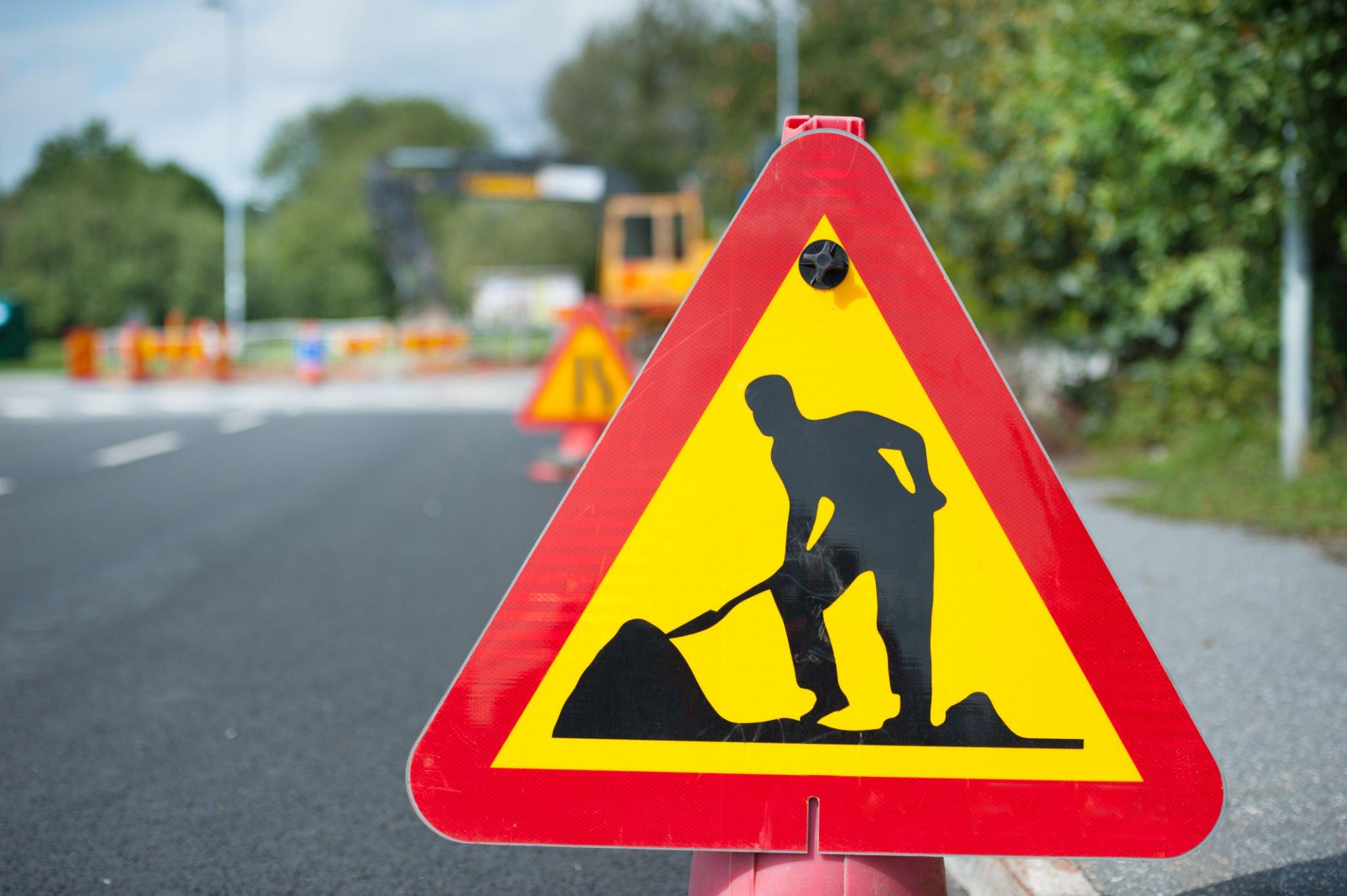In the realm of road construction and maintenance, innovation continues to reshape the
way we approach projects. Slurry road surfacing, a modern pavement preservation
technique, has emerged as a versatile solution that offers a multitude of benefits and finds
applications across various road types and conditions. Let’s take a deep dive into this
method, exploring its advantages and the diverse range of situations where it excels.
Understanding Slurry Road Surfacing
Slurry road surfacing, often referred to as slurry seal or microsurfacing, involves the
application of a thin mixture of asphalt emulsion, fine aggregates, mineral fillers, and
additives onto existing road surfaces. This mixture forms a protective layer that rejuvenates
and extends the life of the pavement. The application process requires specialized
equipment to spread the slurry mixture evenly and quickly, creating a new surface that
restores grip, seals cracks, and enhances durability.
Advantages of Slurry Road Surfacing
- Cost-Effective Preservation: Slurry road surfacing is a cost-effective strategy for pavement
preservation. By addressing minor surface distresses before they escalate, it helps avoid
more extensive repairs or reconstruction, saving on both material and labor costs. - Rapid Application and Traffic Return: Slurry seal can often be applied quickly, and the
road can be reopened to traffic shortly after application. This minimizes disruptions to
commuters and residents, making it an ideal choice for busy urban areas. - Crack Sealing and Waterproofing: The slurry mixture is effective at sealing existing cracks,
preventing moisture infiltration and protecting the underlying pavement structure. This
enhances the road’s longevity by minimizing the risk of further damage caused by freeze-
thaw cycles and water-induced deterioration. - Improved Skid Resistance: The application of slurry seal creates a textured surface that
enhances skid resistance. This is especially beneficial in areas prone to wet or slippery
conditions, contributing to improved road safety. - Aesthetic Enhancement: Slurry seal can rejuvenate the appearance of road surfaces,
giving them a refreshed and uniform look. This aesthetic improvement is particularly
valuable for enhancing the overall impression of a neighborhood or commercial area.
Versatile Applications
Slurry road surfacing finds applications in a wide range of scenarios, including:
- Residential Streets: Slurry seal is often used to maintain and extend the life of residential
streets. It helps preserve the integrity of the road surface while minimizing disruptions to
residents. - Parking Lots: Parking lots benefit from the cost-effective and quick application of slurry
seal, which helps maintain a smooth and durable surface for vehicles. - School Zones and Playgrounds: The enhanced skid resistance provided by slurry seal
makes it a great choice for areas where safety is paramount, such as school zones and
playgrounds. - Bike Lanes and Walking Paths: Slurry road surfacing can also be applied to bike lanes and
pedestrian paths, ensuring safe and comfortable travel for non-motorized users. - Commercial Areas: Busy commercial areas benefit from the fast application process,
allowing businesses to resume normal operations swiftly.
Slurry road surfacing stands as a testament to the advancements in road preservation and
maintenance techniques. Its numerous advantages, including cost-effectiveness, rapid
application, crack sealing, improved skid resistance, and aesthetic enhancement, make it a
valuable tool for enhancing road infrastructure across a spectrum of settings. By harnessing
the power of slurry seal, communities can extend the life of their pavements, provide safer
travel conditions, and make the most of their road maintenance investments.

